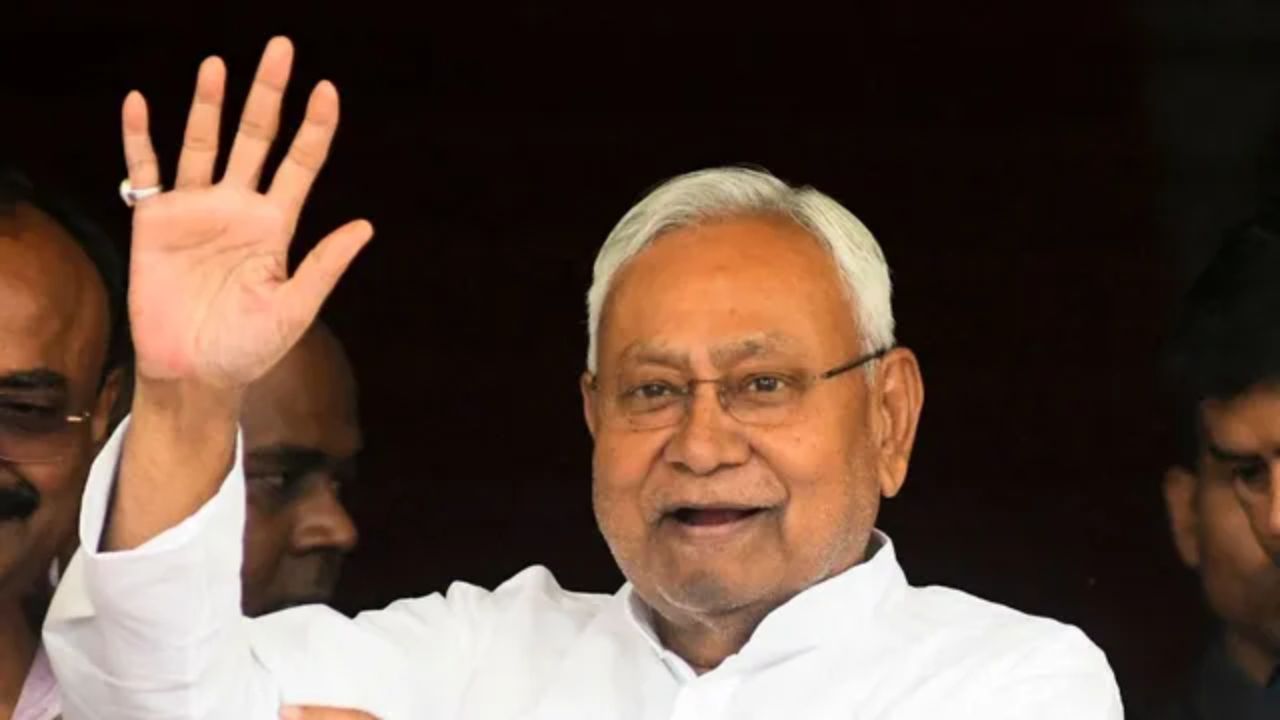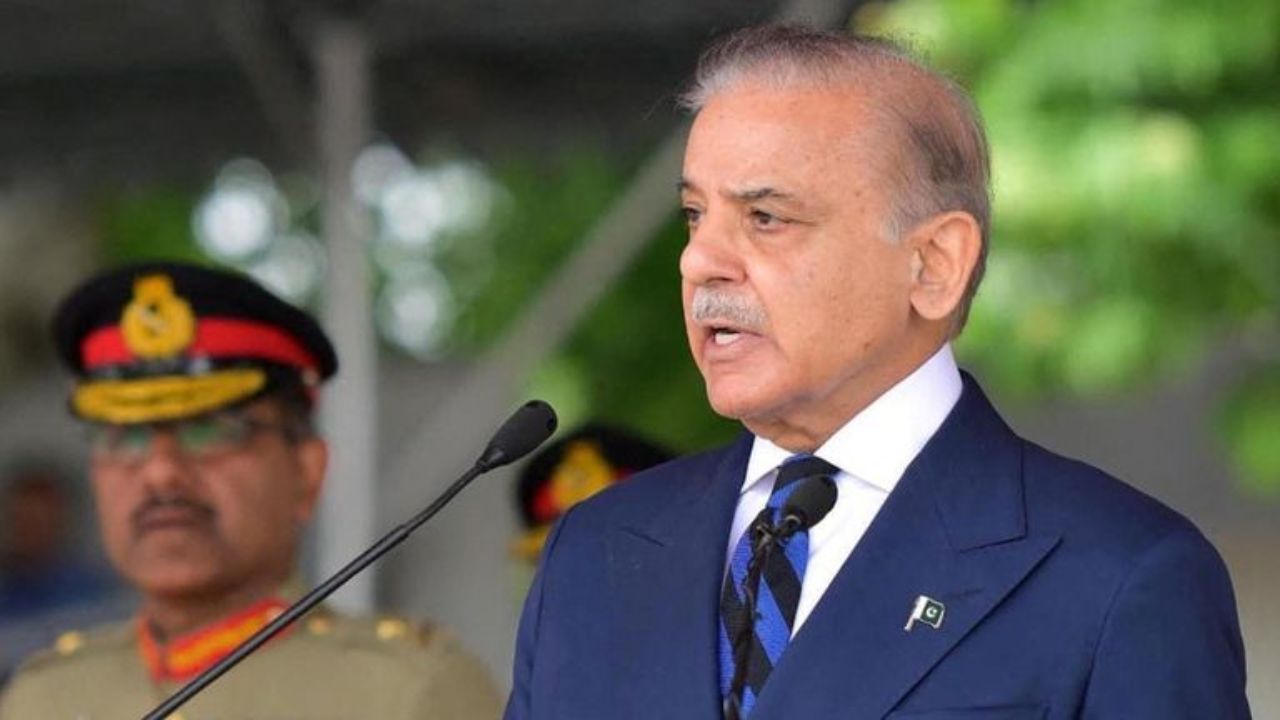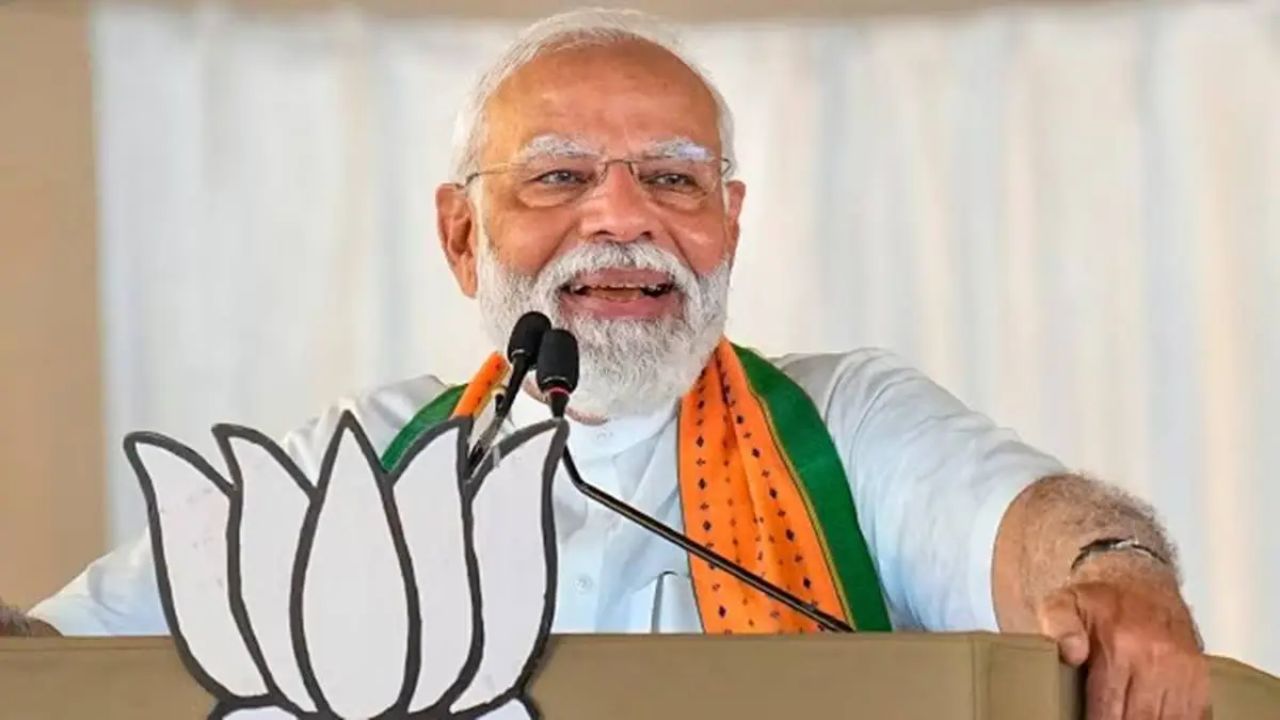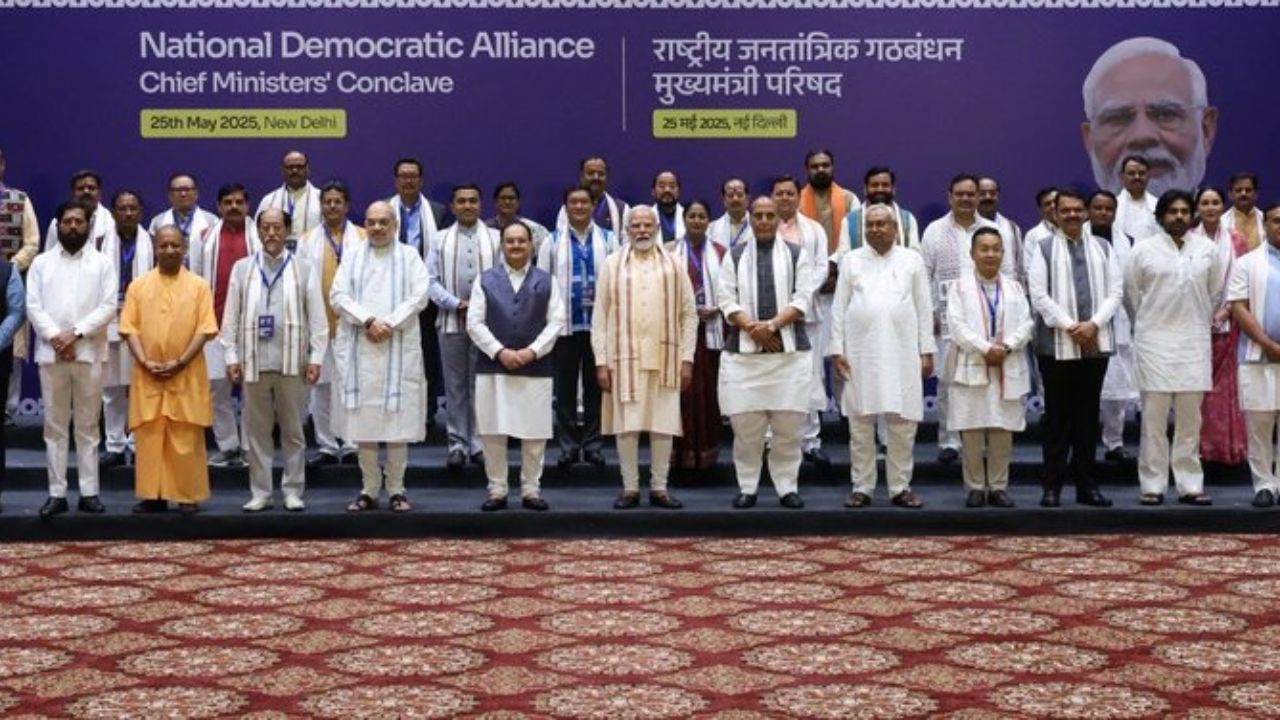From ‘Bhim Sansad’ to ‘Bhim Mahakumbh’: With Bihar Polls in Sight, Nitish Kumar Ramps Up Dalit Outreach
JD(U) Ramps Up Dalit Outreach as Bihar Polls Near, Launches New Scheme to Target 40 Lakh Families With the Bihar Assembly elections just six months away, the ruling Janata Dal (United) has intensified its efforts to

JD(U) Ramps Up Dalit Outreach as Bihar Polls Near, Launches New Scheme to Target 40 Lakh Families
With the Bihar Assembly elections just six months away, the ruling Janata Dal (United) has intensified its efforts to woo Dalit communities across the state—an electoral bloc that accounts for nearly 20% of Bihar’s population.
The party’s latest push, which began late last year with the “Bhim Sansad” campaign, gained fresh momentum this month. On April 13, Chief Minister Nitish Kumar addressed a “Bhim Samvad” event in Patna, where he called on JD(U) leaders to spread awareness about government welfare schemes targeted at Scheduled Castes (SCs).
The very next day, on Ambedkar Jayanti, Nitish unveiled the “Ambedkar Samagra Yojana”, a 100-day outreach program aimed at connecting with 40 lakh Dalit families and ensuring they receive the benefits of nearly a dozen government schemes.
“Our government has always reached out to Dalits and the poor,” said Ashok Kumar Choudhary, the JD(U)’s only MLC from the Dalit community and the state’s Buildings and Construction Minister. “While Bhim Sansad covered 19 of Bihar’s 38 districts, Bhim Samvad emphasized our continued commitment to improving the lives of marginalized communities.”
Choudhary also revealed that the party is planning a large-scale “Bhim Mahakumbh” closer to the election date. “We will highlight what Nitishji’s government has done for the community and assure them of more in the future,” he said.
The JD(U)’s Dalit leadership team includes other key figures such as former MLA Arun Manjhi, and state ministers Sunil Kumar and Ratnesh Sada, who have been tasked with reinforcing the party’s outreach on the ground.
Welfare Schemes in Focus
Among the government initiatives highlighted in the campaign are:
- Financial assistance of ₹50,000 and ₹1 lakh for Dalit candidates clearing BPSC and UPSC prelims respectively
- Appointment of 9,000 Vikas Mitras to serve as liaisons between SC communities and the government
- Grants of up to ₹10 lakh (50% as subsidy) to support Dalit entrepreneurs
- Scholarships for Dalit students enrolled in 91 Ambedkar residential schools
In the 2025–26 state budget, the Nitish-led NDA government allocated ₹1,935 crore to the SC/ST Welfare Department, including ₹550 crore for the Mahadalit Vikas Mission.
Competitive Dalit Politics
The JD(U)’s renewed push comes amid increasing competition for Dalit votes in Bihar. Political strategist Prashant Kishor’s Jan Suraaj Party (JSP) has signaled interest in the Dalit vote bank, while traditional Dalit-centric parties—Lok Janshakti Party (Ram Vilas) led by Chirag Paswan, Hindustani Awam Morcha (Secular) of Jitan Ram Manjhi, and Rashtriya Lok Janshakti Party (RLJP) headed by Pashupati Kumar Paras—are working to retain their respective support bases.
Dalits make up 19.65% of Bihar’s population, and the state has 38 Assembly seats and six Lok Sabha constituencies reserved for SCs. The JD(U) has seen its influence in these segments wane in recent years. In the 2015 Assembly elections, the party won 11 of 38 SC-reserved seats; by 2020, that number had fallen to eight. In the 2024 Lok Sabha polls, the NDA won five SC-reserved seats—one each by the JD(U) and HAM(S), and three by the LJP (RV), while the Congress secured the remaining one.
Nitish’s Legacy Among Dalits
Nitish Kumar’s engagement with Dalit communities dates back to his earlier tenure as Chief Minister (2005–2010), when he introduced the concept of “Mahadalits”—a category encompassing 32 of the most marginalized Scheduled Castes in Bihar. Over the years, he has broadened his political base to include large sections of the SCs (excluding primarily the Paswan community), along with substantial support from the Extremely Backward Classes (EBCs) and Kurmi-Koeri (OBC) groups.
As the countdown to the state polls begins, the JD(U) hopes its intensified outreach—symbolized by the transition from “Bhim Sansad” to “Bhim Mahakumbh”—will help consolidate its position among Dalit voters and arrest its electoral decline.





